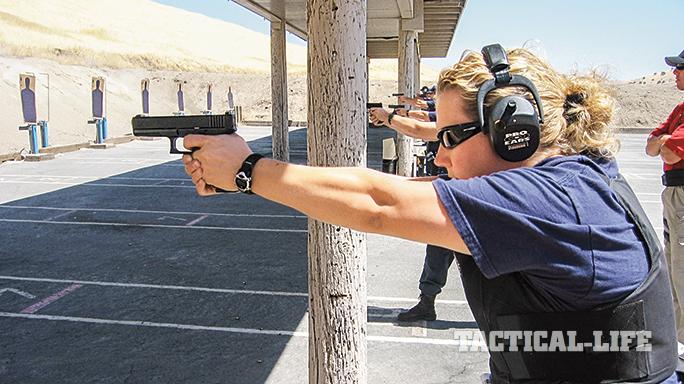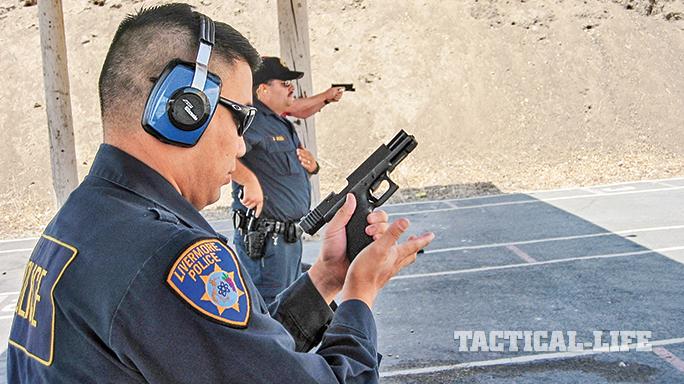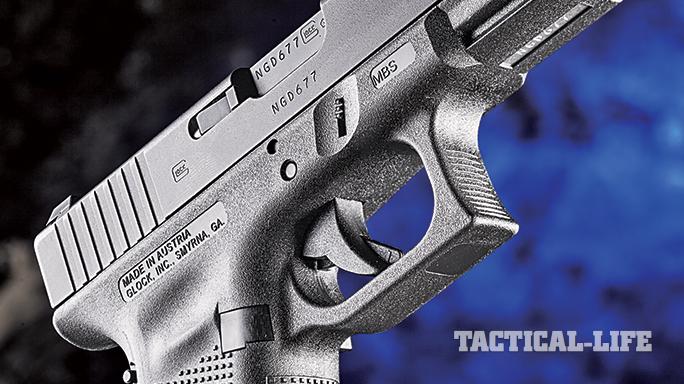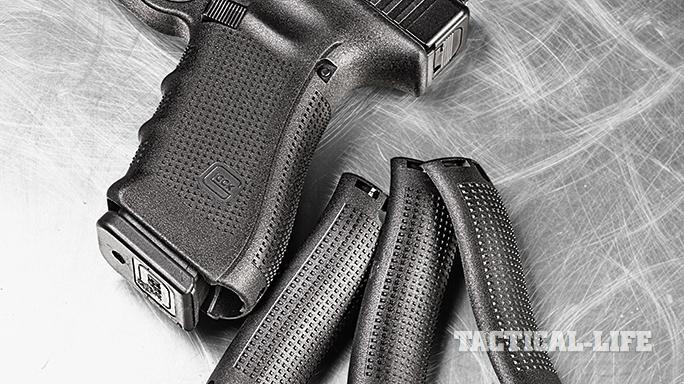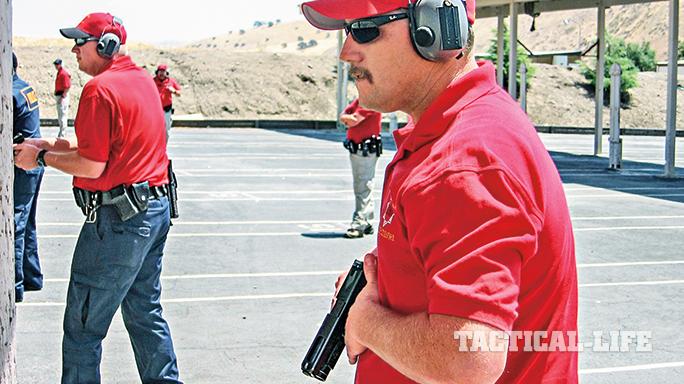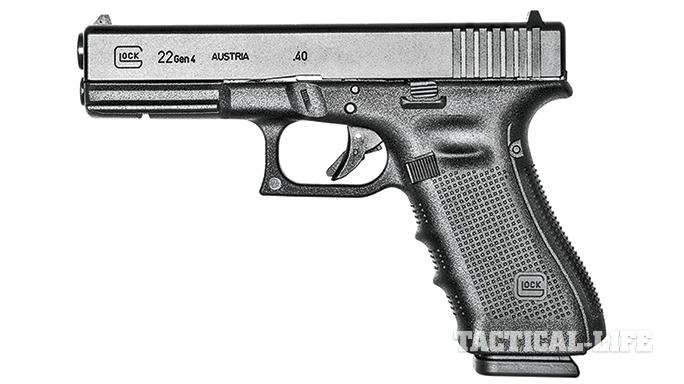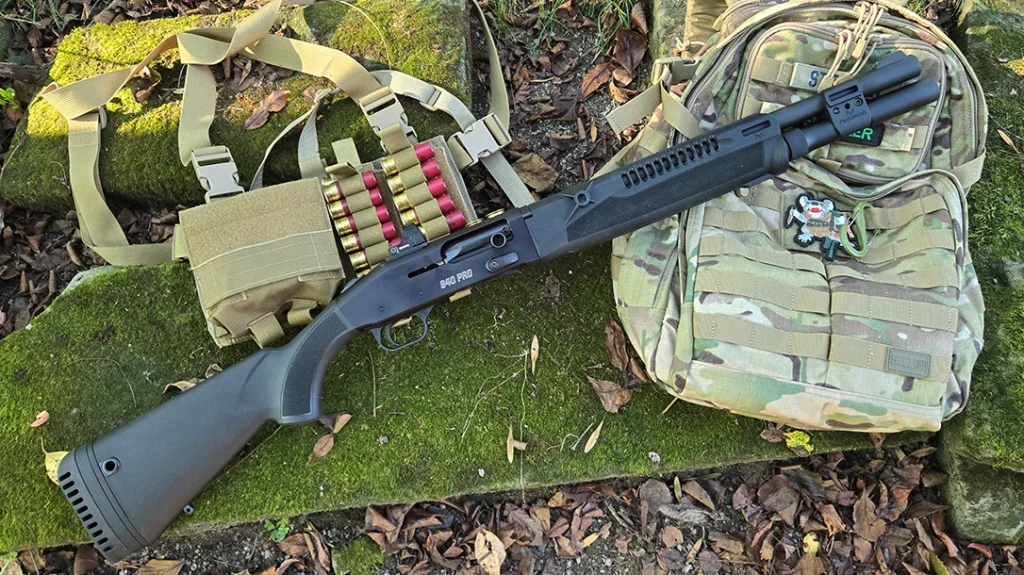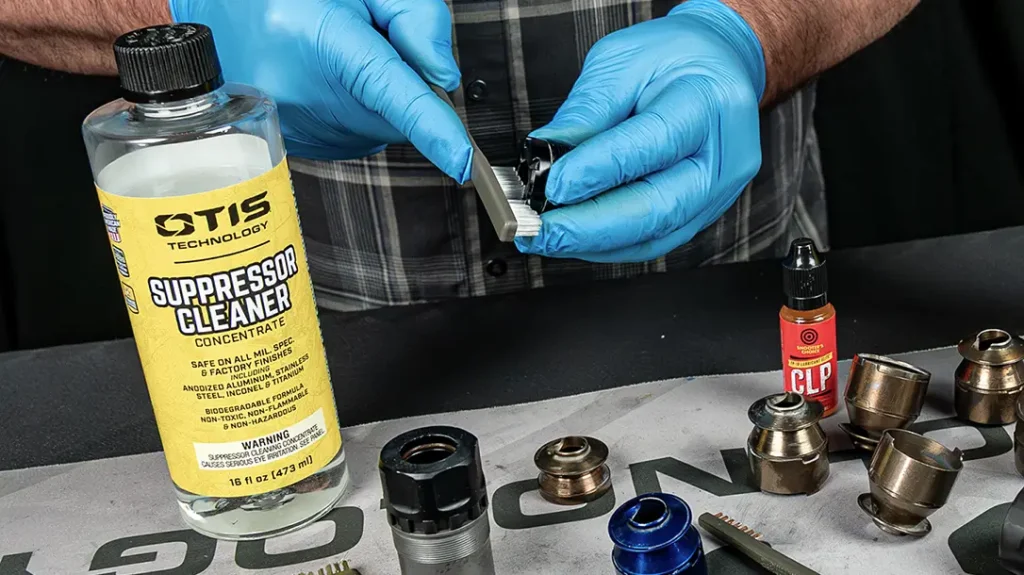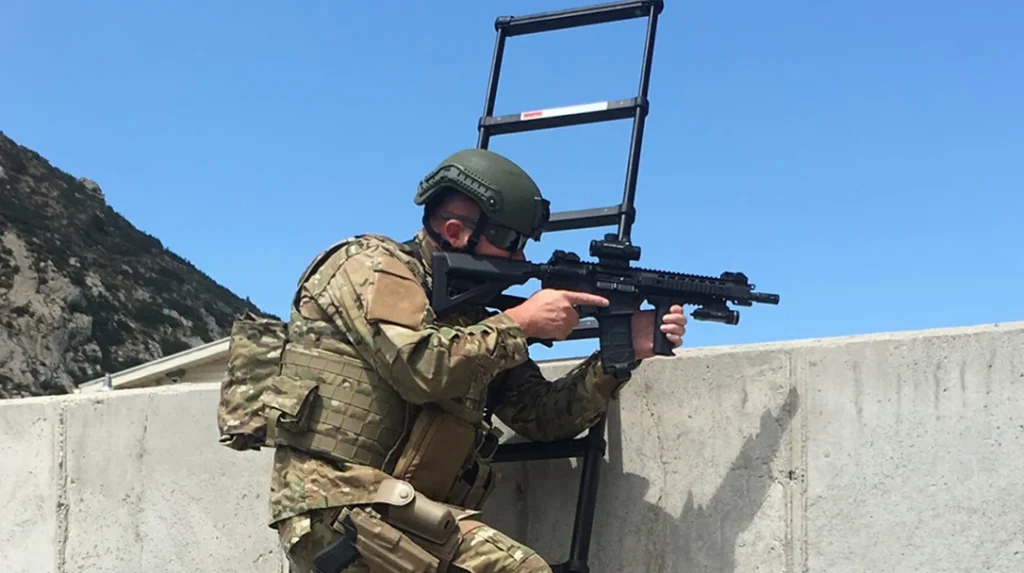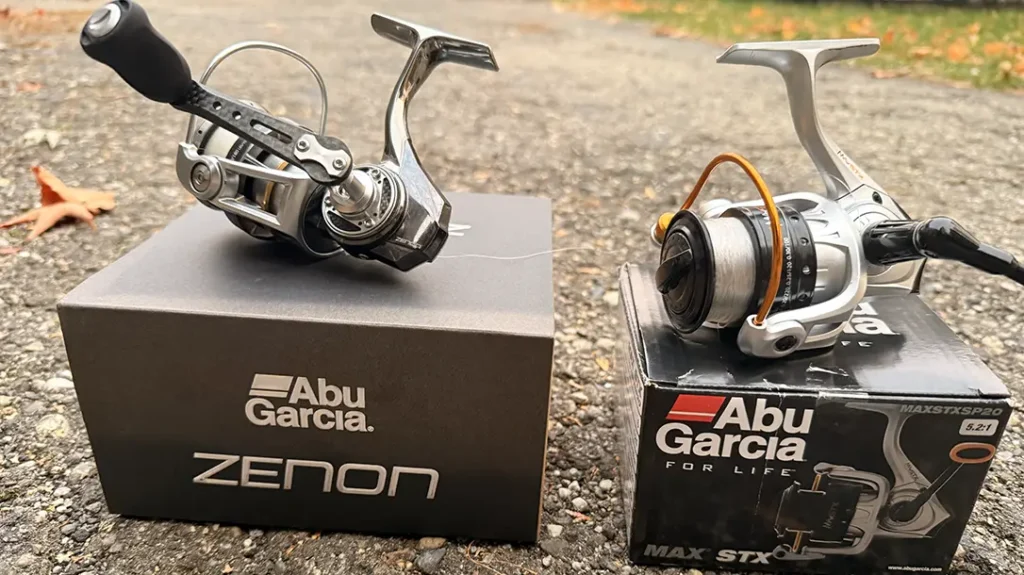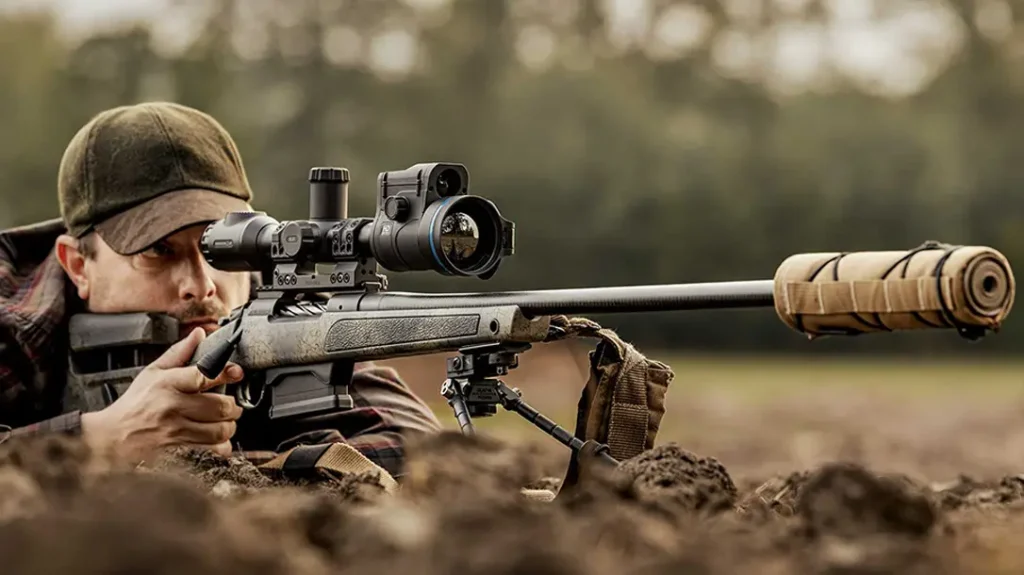There is no doubt that GLOCK pistols have taken the law enforcement community by storm. According to GLOCK, the company now serves 65 percent of the law enforcement market. With so many agencies turning to GLOCK pistols, it is imperative that proper training takes place to make the transition to GLOCK successful.
- RELATED: GLOCKs in the Country’s Largest Prison System
- RELATED: A Look at GLOCK’s Blue Label Program For First Responders
Just like buying a new car, using a new pistol takes some getting used to. When transitioning from other brands of pistols to a GLOCK, you have to get used to the new functionality of the pistol as you lose old muscle memory habits and gain new ones. Dave Blake, a retired police officer and a force science expert said, “If we can agree that utilizing the weapon system proficiently under stress is our goal, then a single transition training day is not sufficient to overcome previously learned, skill-based behavior. A typical tenured officer has hundreds of hours/repetitions with his weapon system. Overcoming this level of competence requires substantial repetitive training time.”
By looking at human dynamics, we now know how we must train our officers to transition from their old pistols to GLOCK’s modern SAFE ACTION pistols.
Advertisement — Continue Reading Below
Meeting The GLOCK
Day one should start with the basics. After issuing the officers their new GLOCKs, start with a general inspection. Point out the functionality of the gun and how all of the components work and what purpose they serve. After reviewing nomenclature, explain the cycle of operation.
Next, review the three safeties on all GLOCK pistols: the firing pin safety, the drop safety and the trigger safety. Now you can review how the SAFE ACTION trigger works. Most GLOCK pistols come with a 5.5-pound trigger pull that is very consistent—more consistent than double-action/single-action pistols. This translates into one consistent trigger pull for each shot, leading to overall improved accuracy.
Advertisement — Continue Reading Below
The next step is showing students how to disassemble the GLOCK. Officer Mike Busevac, a San Francisco Bay Area police firearms trainer, said, “It is important to emphasize safety to the students. We implemented a policy in our course that, prior to disassembly of the pistol, the student must remove the magazine and rack the slide back three times to ensure another round was not chambered.”
After racking the slide three times, instruct students to lock the slide back and visually and physically inspect the weapon to ensure it is unloaded. The student can then point it in a safe direction and then pull the trigger to release the slide. The ideal place for this is over a sand barrel or some other type of clearing station. This point in training is a great time to review cleaning and inspection of the GLOCK pistol. After cleaning, instruct the students on properly reassembling the pistol.
The classroom portion of training is wrapped up with a review of shooting fundamentals.
Advertisement — Continue Reading Below
Now it is time to hit the range. It is best to start with dry-fire drills before moving on to live fire. John Reynolds, a SWAT trainer and team leader for the East County Tactical Team in California stated, “I like to have officers stand on the firing line, draw their pistols and aim at a target. They dry fire at the target and then reholster so they can develop the skills needed before going to live fire.” This is done at least 100 times. By doing this drill over and over, the shooter begins to learn the new muscle memory needed before going on duty.
Now it is time to move on to the “Dot Drill.” A small 2-inch circle is drawn on the target. Officers stand at the 5-yard line and draw and fire one round into the circle. The officer reholsters and starts all over again. This is done for 100 rounds.
Officers can now move on to a series of failure drills. On the command to fire, officers will fire two rounds to the center mass of the target and follow up with one more round to the head. The officer reholsters and then repeats the drill over and over for a total of 100 rounds. These types of drills can be done for the rest of day one.
Advertisement — Continue Reading Below
Tactical Edge
The training on the second day should take advantage of both daytime and nighttime conditions. Officers move on to more advanced movement and shooting techniques. The first range drill starts with a quick warm-up by doing the previous day’s Dot Drill for 50 rounds. The next round of exercises starts with officers retrieving their GLOCKs from their holsters with their off hands—vital preparation for instances when the primary shooting hand is crippled or indisposed. This should be done with a dry pistol before moving on to live fire.
Officers can now move onto positional shooting, including kneeling, prone and from behind a barricade. This should be done with an equal amount of primary- and support-hand shooting. When officers are comfortable, they should now attempt to draw and fire while seated in a patrol car, as this is where officers spend most of their time.
Advertisement — Continue Reading Below
As darkness nears, officers should run through drills that help them utilize flashlights and weapon-mounted lights (if authorized). Officers should run through drills using a variety of flashlight carry methods and getting used to their weapon-mounted lights.
Just prior to darkness, run your officers through a qualification so that they can now carry their new GLOCK pistols on the street. Now is a good time for a meal break. When they return, there should be sufficient darkness for them to fire their pistols in darkness utilizing what they have previously learned.
Many departments do only four hours of transition training. This simply is not enough to learn the new muscle memory skills needed to protect our officers on the street. Take advantage of the two days of training to give your officers quality training while allowing them to become used to their new pistols.
Advertisement — Continue Reading Below
For more information, please visit US.Glock.com.
This article was published in the GLOCK AUTOPISTOLS 2015 magazine. To see the rest of the issue, please visit Personaldefenseworld.com/publications/glock-autopistols/glock-autopistols-2015.
